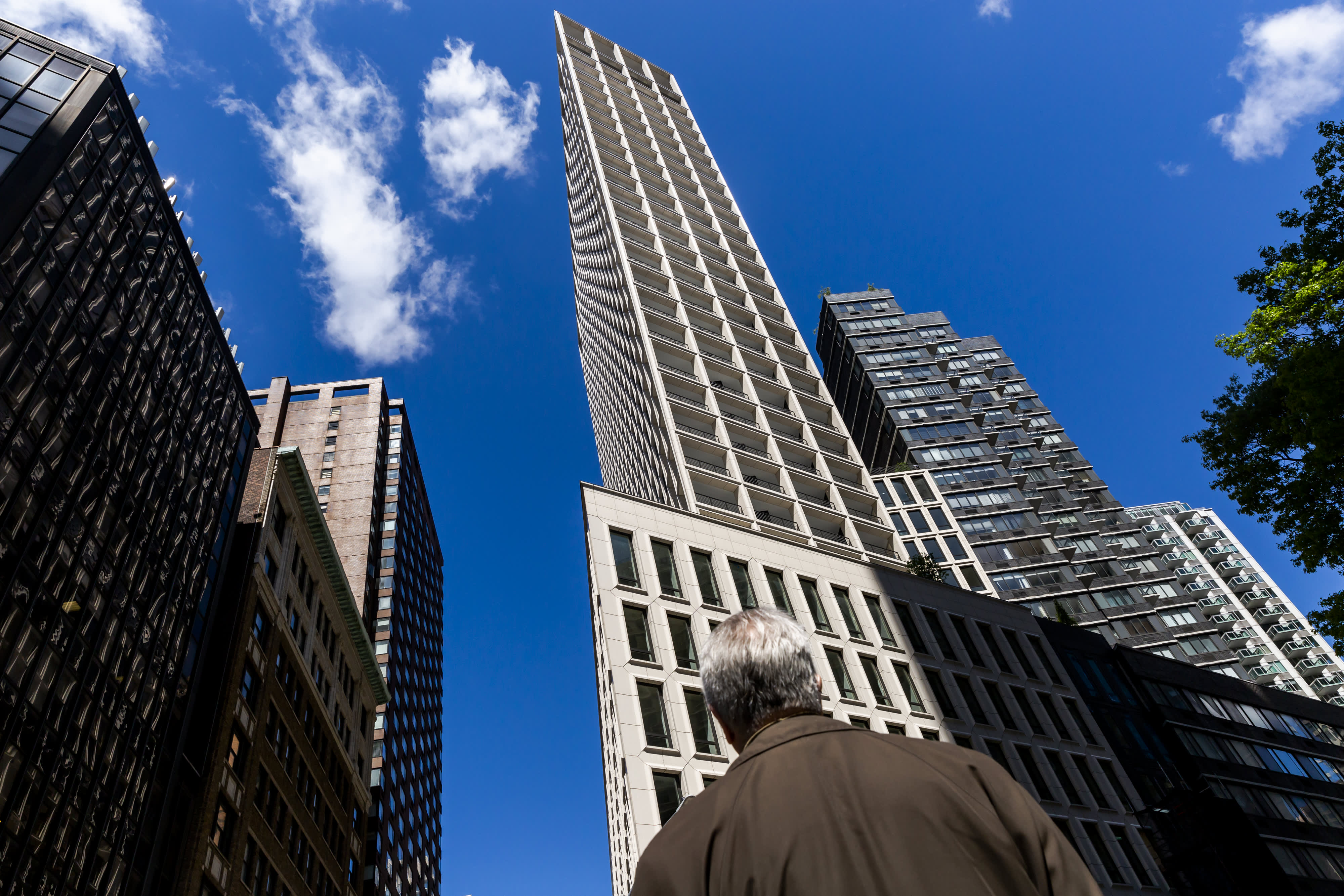Wealthy real-estate buyers from overseas are expected to descend on the nation’s luxury housing markets Monday, giving a second boost to demand for high-priced apartments and mansions.
The U.S. will lift the travel ban on about 33 countries for vaccinated visitors, easing restrictions that prevented most foreign real-estate buyers from entering the country to view and buy properties.
Buyers from Europe, China, Brazil, and India will now be able to enter the U.S. for the first time in 20 months. Brokers in cities popular with the overseas wealthy — New York, Miami, Los Angeles — say they have a long list of showings scheduled in the coming weeks from buyers who have been anxious to invest in U.S. property.
“This represents another upside in demand that just didn’t exist over the last two years,” said Jonathan Miller, CEO of Miller Samuel. “It will be especially beneficial to the high-end and luxury market.”
Sales data suggests the wave of overseas buyers could generate tens of billions of dollars in added sales. Foreign buyers spent $267 billion on U.S. real-estate in 2018 and $183 billion in 2019, before the pandemic, according to the National Association of Realtors. In 2021, their spending fell to $107 billion, suggesting large pent-up demand as buyers weren’t able to tour or visit properties.
Trophy assets
Along with restrictions being lifted, overseas buyers have benefitted from massive wealth creation during the pandemic with rising asset prices and stock markets. Flush with cash, the global wealthy are now looking for trophy assets. Cities like New York, Los Angeles and Miami, which have always been hubs for the global rich, are still seen as safe investments despite the ups and downs of the pandemic.
“New York home purchases are super attractive to these buyers because they can use it or rent it out,” said Douglas Elliman CEO Scott Durkin. “But they can also hang on to it. It becomes something they’re proud of.”
With its partnership with Knight Frank, the U.K.-based real-estate giant that has listings and brokers around the world, Elliman has been preparing for next week’s sales rush by paring potential overseas buyers with listings in New York, Florida and the West Coast. A Knight Frank representative has even moved to New York for a time to work as a “traffic cop” for the potential deal flow from overseas.
“We’re expecting a flood of buyers across all our markets in the U.S.,” he said.
Brown Harris Stevens is launching a new partnership with a European online real-estate and lifestyle marketplace, called 221 List, that will help the company’s buyers and sellers. Corcoran in June announced a cooperative agreement between Corcoran and Savills, the London-based real estate advisory with offices in Europe, Asia, Africa and the Middle East. Savills has also opened a new North American desk at its London headquarters to help the flow of clients.
The big question, especially in Southern Florida, is whether there are enough houses at the right price for overseas buyers to buy. In Miami and Palm Beach, prices have soared during the pandemic and inventory is at historic lows — especially for single-family homes. While inventory in Manhattan is still relatively high, with about 7,600 listings, sales and demand at the high end has been strong. For the most prized penthouses and largest new condo apartments, pandemic discounts are giving way to bidding wars and rapid sales.
New construction preferred
Brokers say overseas buyers prefer new construction — whether it’s a newly built mansion in Beverly Hills or a never-lived-in condo in a new Manhattan high-rise. “The new development and the higher end properties will be the biggest beneficiaries of the foreign buyers returning,” Miller said.
Traditionally, China has been the biggest source of overseas buyers for the U.S. But Chinese government’s crackdown on capital flight and wealth was slowing the flow of money into U.S. real-estate even before the pandemic.
Chinese purchases of U.S. real-estate totaled $32 billion in 2017, but fell to $11.5 billion by 2020. While China remained the largest source of overseas buyers in the U.S., measured by dollar volume, before the pandemic, Canada is a close second, with $9.5 billion in 2020. Mexico ranked third, followed by India and the U.K.
Brokers say the buyers expected in New York this month are mainly from Europe — specifically the U.K. and Germany. In Florida, brokers say Brazilians make up the largest share of overseas buyers returning. In Los Angeles, they say the Middle East wealthy make up the bulk of the expected buyers for the lavish mansions in Beverly Hills and Bel Air.
Before the pandemic, Florida was the largest market for overseas buyers, accounting for 20% of the nation’s total. California ranked second at 16%, followed by Texas, Arizona, New Jersey and New York.
Brokers say that wherever they buy around the world, the wealthy like to be near the water.
“The coastal cities will be the main beneficiaries,” Miller said.
